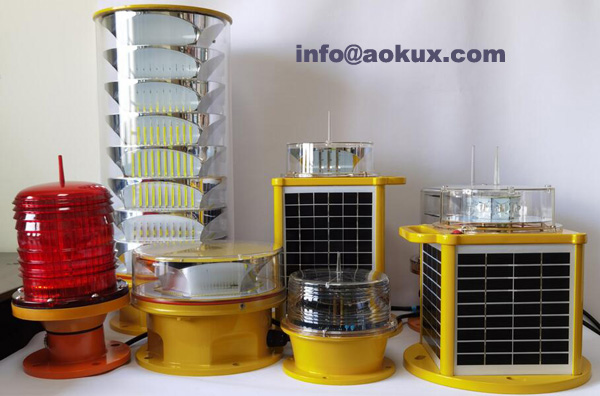An Overview of Aviation Lights and Their Importance in Ensuring Air Travel Safety
Introduction:
Aviation safety is a top priority for the aviation industry, and numerous measures are taken to ensure that air travel is as safe as possible. One crucial component of aviation safety is aviation lights, which are installed on tall structures such as buildings, communication towers, wind turbines, and other obstacles that may pose a hazard to aircraft. In this article, we will provide an overview of aviation lights, including their types, functions, and regulations.

Types of Aviation Lights:
There are several types of aviation lights, including red beacons, white strobes, and steady-burning lights. Red beacons are typically used for structures that are over 200 feet tall, while white strobe lights are used for shorter structures. Steady-burning lights are used on radio and television towers, as well as other structures that are not required to have a flashing light. Each type of light serves a specific purpose and is designed to make obstacles visible to pilots during low-light conditions such as nighttime or inclement weather.
Aviation Lights
|
Aviation Light
|
Functions of
Aviation Lights:
The primary function of aviation lights is to prevent collisions between aircraft and obstacles. By making these structures visible to pilots, aviation lights help ensure that pilots can avoid obstacles and navigate through the airspace safely. Furthermore, aviation lights also serve as a warning signal for pilots, indicating the presence of an obstacle ahead. This allows pilots to adjust their flight path accordingly and avoid any potential hazards.
Regulations Governing Aviation Lights:
Aviation lights are regulated by governmental agencies such as the Federal Aviation Administration (FAA) in the United States. The FAA mandates that certain structures must have aviation lights installed, and provides guidelines for the type and placement of these lights. For example, structures that are over 200 feet tall must have red beacons installed, while structures that are between 150 and 200 feet tall must have either red beacons or white strobes installed.
In addition to these regulations, aviation lights must also comply with international standards set by organizations such as the International Civil Aviation Organization (ICAO). These standards ensure that aviation lights are consistent across different countries and regions, and that they meet the necessary safety requirements for air travel.
Conclusion:
Aviation lights play a critical role in ensuring the safety of air travel. By making obstacles visible to pilots and serving as a warning signal, they help prevent accidents and save lives. Furthermore, regulations governing aviation lights ensure that they meet the necessary safety standards and are consistent across different regions. As air travel continues to grow, the importance of aviation lights will only increase, highlighting their crucial role in maintaining aviation safety.

